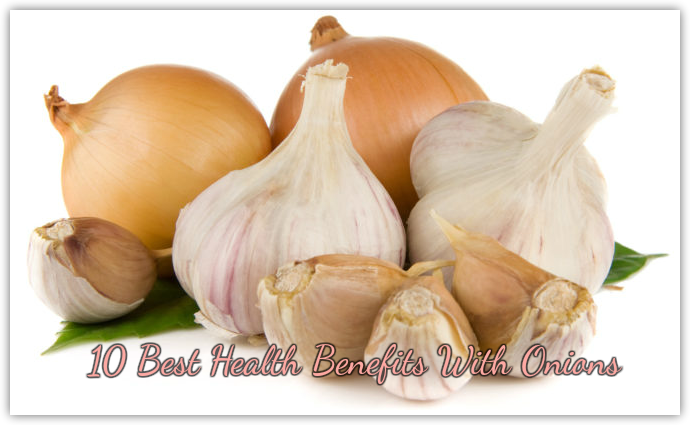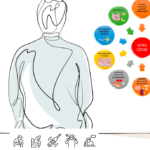Home Remedies for Low Blood Pressure
What Is Low Blood Pressure?
Hypotension is the therapeutic term for low pulse (short of what 90/60).
A pulse perusing shows up as two numbers. The principal and higher of the two is a measure of systolic weight, or the weight in the supply routes when the heart thumps and fills them with blood. The second number measures diastolic weight, or the weight in the veins when the heart rests between pulsates.
Ideal pulse is short of what 120/80 (systolic/diastolic). In sound individuals, low circulatory strain with no side effects is not normally a worry and does not have to be dealt with. At the same time low pulse can be an indication of a hidden issue – particularly in the elderly – where it may cause deficient blood stream to the heart, cerebrum, and other key organs.
Incessant low pulse with no indications is pretty much never genuine. At the same time wellbeing issues can happen when pulse drops all of a sudden and the mind is denied of a sufficient blood supply. This can prompt tipsiness or dazedness. Sudden drops in pulse most usually happen in somebody who’s climbing from a resting or sitting position to standing. This sort of low circulatory strain is known as postural hypotension or orthostatic hypotension. An alternate kind of low pulse can happen when somebody remains for a drawn out stretch of time. This is called neurally interceded hypotension.
Postural hypotension is viewed as a disappointment of the cardiovascular framework or sensory system to respond properly to sudden changes. Ordinarily, when you remain up, some blood pools in your lower limits. Uncorrected, this would result in your pulse to fall. Anyway your body ordinarily remunerates by sending messages to your heart to pulsate quicker and to your veins to tighten. This counterbalances the drop in pulse. On the off chance that this does not happen, or happens too gradually, postural hypotension results.
The danger of both low and hypertension regularly increments with age due to a limited extent to ordinary changes amid maturing. What’s more, blood stream to the heart muscle and the cerebrum decreases with age, frequently as an aftereffect of plaque development in veins. An expected 10% to 20% of individuals over age 65 have postural hypotension.
1. Salt Water
Salt water helps treat low pulse in light of the fact that the sodium in salt builds circulatory strain. Don’t exaggerate this cure however, as abundance salt can turn out to be unfortunate. Basically blend one-half teaspoon of salt in a glass of water and beverage it. You can likewise drink sports refreshments.
2. Espresso
Having a container of solid espresso, hot chocolate, cola, or any charged refreshment can likewise briefly expand your pulse. In the event that you oftentimes experience the ill effects of low pulse, drink some espresso in the morning or have it alongside suppers, particularly when managing orthostatic hypotension. Yet, don’t make it a propensity on the grounds that the long haul impacts of perk are not clear.
3. Raisins
Raisins are a conventional Ayurvedic cure that is viewed as superb for treating hypotension regularly.
Splash 30 to 40 raisins in some water overnight.
Consume them in the morning, each one in turn, on a vacant stomach. You can likewise drink the water in which the raisins were splashed.
Take after this solution for a couple of weeks or even a month.
You can take around four to five almonds, 10 to 15 dark currants, and 15 to 20 peanuts alongside a glass of milk.
4. Heavenly Basil
Heavenly basil is useful for low circulatory strain in light of the fact that it is rich in vitamin C, magnesium, potassium, and pantothenic corrosive. Moreover, it helps adjust the brain and diminishes stress.
Separate the juice of 10 to 15 basil clears out.
Add one teaspoon of nectar to it.
Drink this juice day by day on an unfilled stomach.
You can likewise bite four to five basil leaves day by day in the morning.
5. Licorice Root
Licorice root is an alternate prominent home solution for normalizing low pulse brought about by low levels of cortisol. It obstructs the chemical that separates cortisol and backings solid adrenalin capacity. It is additionally powerful in curing perpetual weakness disorder.
You can plan licorice tea by soaking one teaspoon of this herb (dried or powdered) in a container of bubbling water for around five minutes. You can take it day by day for a couple of days.
On the other hand, you can take around 400-500 mg of licorice root cases for a couple of days.
6. Beetroot Juice
Crude beetroot juice is useful in managing high and low circulatory strain. For hypotension, drink a glass of beetroot squeeze twice day by day for around one week. Other common soil grown foods juices are additionally viewed as supportive in this respect.
7. Almonds and Milk
This is an alternate conventional home solution for low circulatory strain.
Splash five to six almonds in water overnight.
In the morning, peel off the skin and drudgery the almonds into a smooth glue.
At last, heat up the glue in some milk. Drink a glass of this each morning.
8. Rosemary
Rosemary is accepted to be helpful in normalizing low circulatory strain on the grounds that it empowers the focal sensory system and enhances flow. Take up to 10 ml of rosemary tincture every day. Having crisply arranged imbuement with this herb or adding it to your sustenances is likewise helpful. Moreover, you can just add three to four drops of rosemary fundamental oil in your diffuser for fragrance based treatment advantages.
Tags:Low Blood Pressure,Home Remedies,Low Blood Pressure tips,Blood Pressure,Home remedies for summer,health tips,Ehealthy tips,Remedies for skin,Hair growth Tips,Latest healthcare tips.















